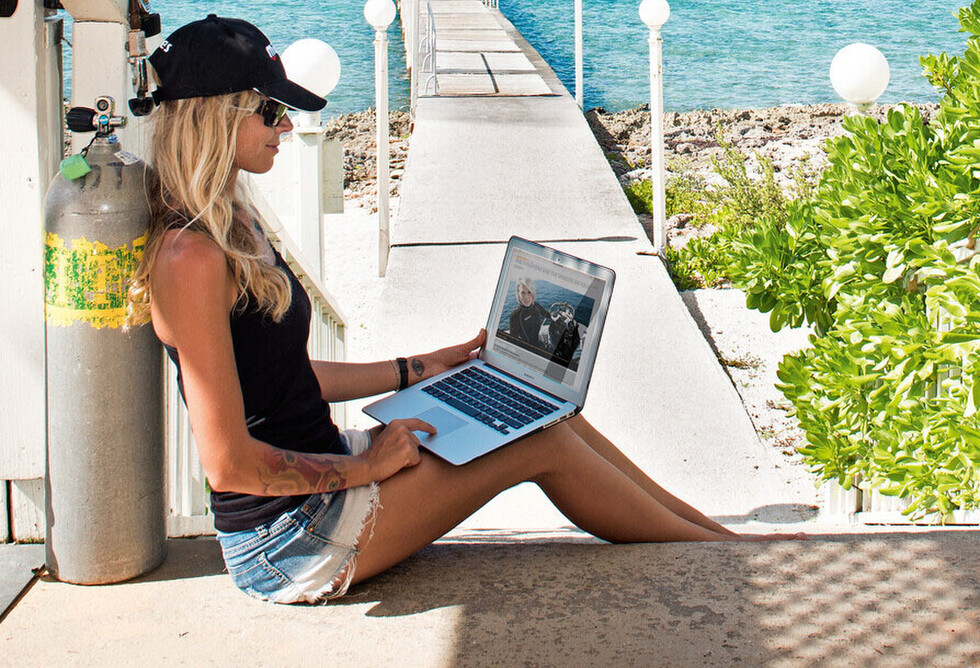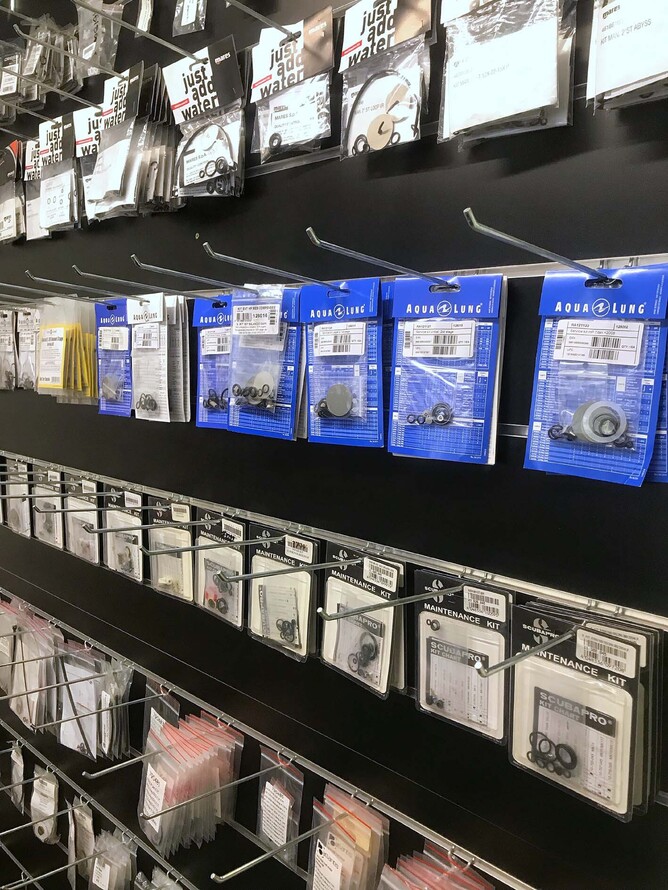We would be lost without them...
Scuba is an equipment based sport, without it we are unable to survive what is essentially an alien environment. One of the key components used extensively throughout our scuba equipment are O-rings. They are in your first and second stage regs, your tank valve, your BCD. They can also be an essential part of your dry suit, camera housing, torch, mask and snorkel....the list goes on.
Without them we would not be able to dive and although our relationship with the humble ‘O’ ring is of such importance they can often be overlooked, neglected and abused to the point of catastrophic failure. Their purpose is two fold, keep high pressure gas in and low pressure water out.
The first patent for the O-ring is dated May 12, 1896 as a Swedish patent. J. O. Lundberg, the inventor of the O-ring, received the patent. The US patent for the O-ring was filed in 1937 by a then 72-year-old Danish-born machinist, Niels Christensen. Soon after migrating to the USA in 1891, he patented an air brake system for streetcars (trams). Despite his legal efforts, his intellectual property rights were passed from company to company until they ended up at Westinghouse. During World War II, the US government commandeered the O-ring patent as a critical war-related item and gave the right to manufacture to other organizations. Christensen received a lump sum payment of US$75,000 for his efforts. Litigation resulted in a $100,000 payment to his heirs in 1971, 19 years after his death.
________________________________________________________________________________
Some of your dive equipment O-rings can be easily replaced and it is certainly a good idea to carry a few spares in your “save a dive” kit. Typically tank O-rings are ones that may fail just when you least expect it and can end a dive before it’s even begun.
(Tank O rings can be purchased HERE).
Others require more specialist attention from a certified scuba technician. A large part (and cost) of your annual equipment service procedure is the replacement of its internal O-rings as these are deemed “serviceable” parts and no amount of good post care etiquette will extend their life indefinitely.
Typical failure analysis of the O-ring includes extrusion or nibbling common in high pressure systems, installation damage, weather or ozone cracking due to UV radiation, weather and air pollutants and lastly over compression. Over compression is the most commonly observed O-ring failure we see in the service room.
Typical damage of O rings through diver error or incorrect servicing protocol.
_________________________________________________________________________________
So what can you do to maintain the condition and extend the service life of the humble O-ring?
Firstly don’t over tighten! Bone is extraordinarily strong — ounce for ounce, bone is stronger than steel, since a bar of steel of comparable size would weigh four or five times as much. A cubic inch of bone can in principle bear a load of 19,000 lbs. (8,626 kg) or more — roughly the weight of five standard pickup trucks — making it about four times as strong as concrete. This can enable the average diver to deliver huge forces when tightening equipment or parts of your scuba system, by far above and beyond typical torque settings required. Over tightening will result in over compression damage to your O-ring (see photo above).
Other simple procedures to care for your O-rings is to thoroughly wash your equipment post dive and keep it out of the sun. Check the visible O-rings, like in your tank valve, pre dive and those you cannot check (internally), hand them to a professional at least on an annual basis.
To get more from your diving and more from the equipment you are so reliant on a great course to consider is the SSI Equipment techniques course where you will learn to manage basic scuba diving equipment repairs and adjustments, understand routine care/maintenance procedures and how dive gear works. If you are interested in this course drop us an email.
So enjoy your diving and give them humble O-rings the respect they deserve!
Aotearoa Dive equipment service centre
We are well stocked with genuine manufacturers service kits. Call in today to have your equipment professionally inspected, serviced, tuned and tested - we will even give you all your old O-rings back!



